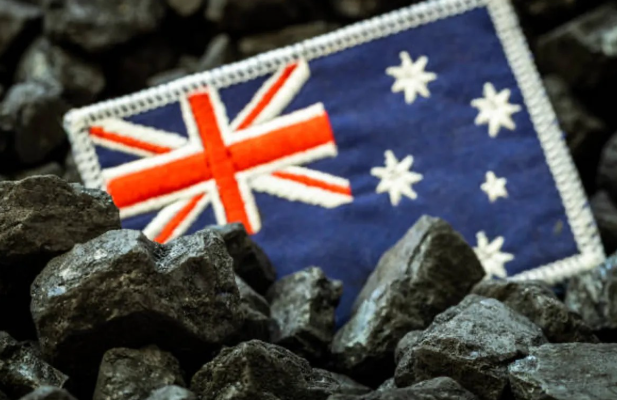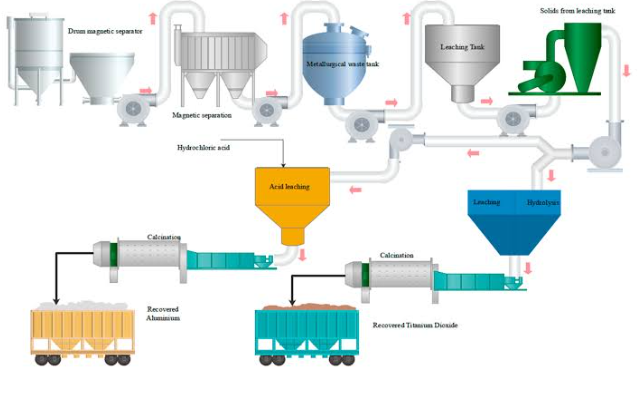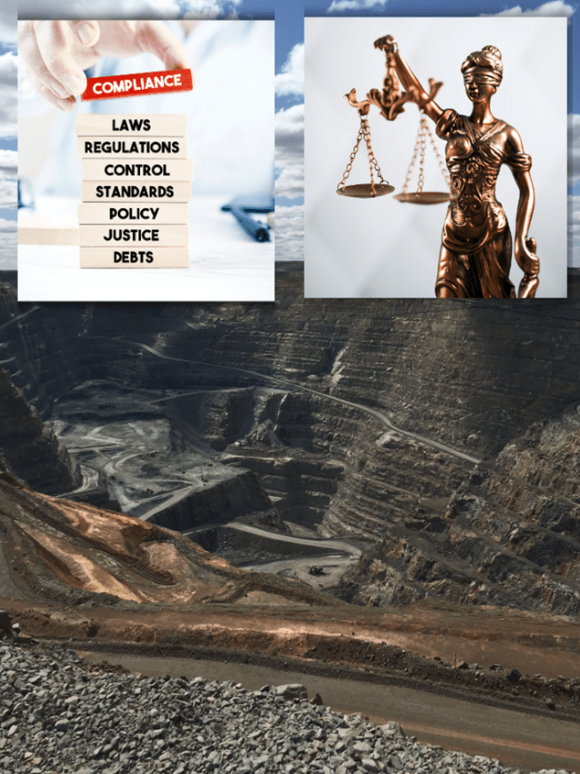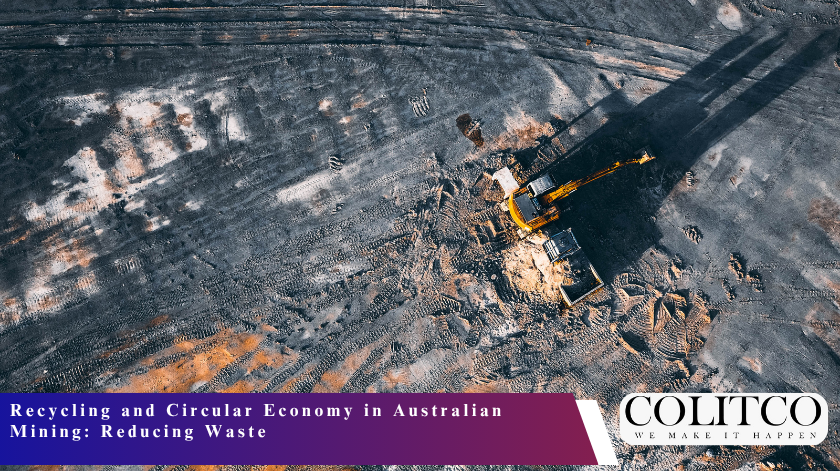Australian mining is a major contributor to the national economy. However, it also produces a considerable amount of waste. Due to regular mining activities, tailings, slag, and other by-products are generated, which pollute the environment.
Currently, with respect to mitigating environmental pollution, recycling and circular economy measures are paramount. These measures focus on resource efficiency and a sustainable way of doing business, while also maximising profitability.
Herein, key initiatives, technologies, and case studies on how recycling and circular economies have reduced waste in Australian mining operations are presented.

Australian mining drives the economy but generates significant environmental waste
What Is the Circular Economy In Mining?
Waste minimization and materials reuse are central to applying the circular economy in mining. The focus is on sustainability and long-term resource efficiency, in contrast to traditional linear models.
Mining companies can recover metals from tailings, reuse water, and repurpose energy. Using circular economy systems reduces the mining industry’s impact on the environment and lowers compliance risks.
At the same time, it improves financial efficiency by turning waste into valuable resources. Overall, this approach transforms mining from a ‘take-make-dispose’ system into a regenerative one.
How Is Recycling Transforming Australian Mining Operations?
Recycling addresses both environmental and operational challenges in mining. Mining companies can recover valuable metals such as copper, nickel, and rare earth elements from waste dumps.
Advanced metallurgical techniques, like hydrometallurgy and pyrometallurgy, improve the extraction of these materials. Recycling also conserves fresh water by enabling reuse of process water. Companies that embrace recycling often show strong ESG performance and lower operational expenses, supporting long-term sustainability.
These innovations are transforming Australian mining into a more circular and environmentally responsible industry.

Advanced metallurgy enhances extraction, recycling conserves water in mining
Innovative Technologies Driving Waste Reduction
Technology plays a central role in making mining recycling effective. Techniques like sensor sorting and automated separation maximize material recovery.
Chemical and mechanical processes now help recover metals once regarded as waste. AI-based monitoring examines waste streams to identify reuse opportunities. Water treatment systems enable millions of liters to be recycled each year. Digital planning tools also improve storage and efficiency.
Together, these solutions reduce environmental impact and create revenue from waste products. Mining companies are adopting these technologies to achieve sustainability and profitability goals.
Case Studies Demonstrating Circular Economy Success
Some of the Australian mining companies support and demonstrate successful recycling and circular economy initiatives.
- BHP has started a tailings reprocessing operation designed to lessen environmental impact and generate additional metal output. This operation demonstrates waste as a resource.
- Rio Tinto operates water recycling plants that save freshwater by the millions of litres every year. The company also recovers metals from slag and tailings, which improves efficiency.
- Fortescue Metals Group pursues mining waste repurposing and energy recovery. Its projects focus on decreasing landfill contribution while maximising resource efficiency.
These examples show real improvements in waste reduction, energy utilisation, and environmental compliance. They show the working circular economy with strong economic and ecological value.

BHP, Rio Tinto, Fortescue showcase recycling turning waste into resources
What Are The Economic Benefits Of Recycling In Mining?
Mining recycling, many economic advantages flow. To begin with, the recycling of metals from waste reduces dependence on primary raw materials.
Additionally, it generates revenue streams out of what were once considered wastes. Less waste means less landfill expense and fewer environmental protection enforcement measures against companies. Circular economy programs attract investors who want to comply with ESG initiatives.
In addition, good community and stakeholder relations top up the company’s prestige. Essentially, the recycling process integrates with the economics and ecology, making it a core approach for mining activity in present-day Australia.
How Can Policy Support Circular Economy Adoption?
Policies promulgated and implemented by the government encourage recycling within mining operations. Fund programs, research grants, or incentives of one sort or another may be granted to persons willing to implement circular economy measures.
Environmental regulations oblige companies to reduce waste generation and promote sustainable practices. Industry and research institution collaborations lend strength to technology-related development. It is the policies that support sustainability goals that allow for the increased implementation of circular economy processes across mining operations.
Through such regulatory frameworks, companies are provided with a defined path toward both innovation and environmental compliance. A sound policy ensures that recycling becomes a customary mining practice within the ambit of responsible mining.

Regulations enforce waste reduction and promote sustainable practices in mining
Future Outlook For Waste Reduction In Australian Mining
Australian mining is becoming increasingly circular and sustainable in the future. The implementation of technologies, policy support, and collaboration between industries will fast-track recycling initiatives.
Companies implementing circular economy approaches would find themselves more peaceful in these times of resource scarcity and price volatility. Waste minimization practices would become industry standards.
Mining would also go on down the path of automation, AI, and water recycling. This blend of innovation and policy positioning has given Australian mining sufficient headway to take lead on environmental and sustainability fronts, ensuring profitability as well.
Also Read: Recycling Rare Earths In Europe & North America: The Next Frontier For Circular Tech Supply Chains
FAQs
Q1: What is the main goal of recycling in Australian mining?
A: To recover valuable materials, reduce waste, and promote sustainable practices.
Q2: What metals are typically recycled in mining?
A: Copper, nickel, iron, and rare earth elements are recycled most often.
Q3: How does the circular economy support mining companies?
A: It cuts costs, generates revenue from waste, and improves ESG performance.
Q4: Do any government incentives apply to recycling in mining?
A: Various funding, grants, and regulatory support are offered to promote recycling activities.
Q5: In what manner is technology aiding waste reduction in mining?
A: Through automation, AI monitoring, and chemical processes.
Q6: Is water recycled during mining?
A: Yes, and this helps reduce water consumption and minimizes environmental impacts.
Q7: Will circular economy practices be made compulsory in mining?
A: With regulations and sustainability targets only increasing, this may well be the case.












